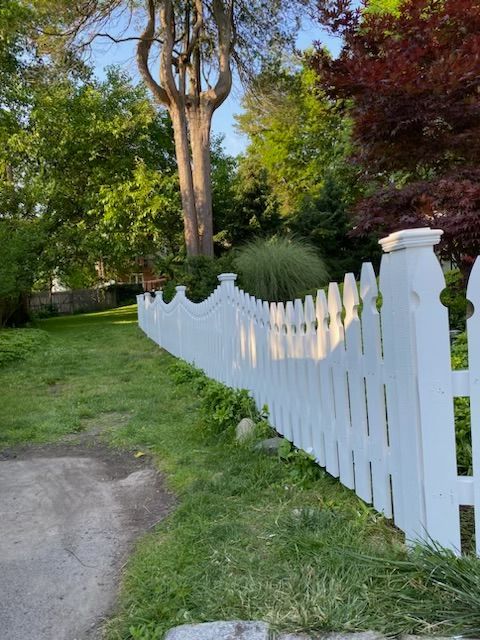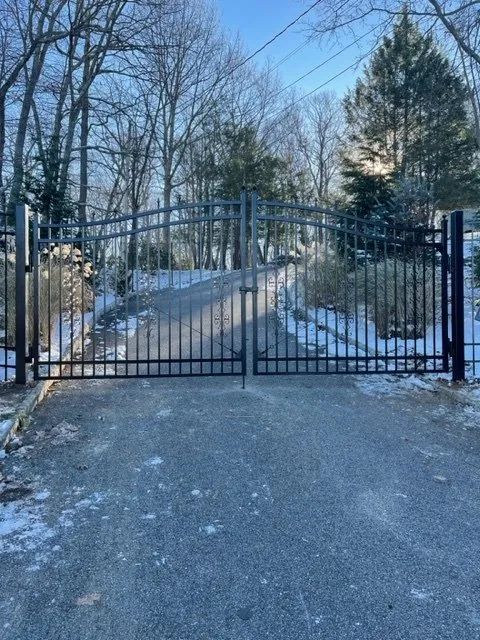Wood Fence Privacy vs. Openness: Finding the Perfect Balance
Wood fences have long been a popular choice for homeowners due to their versatility, durability, and aesthetic appeal. Whether you're aiming to create a private sanctuary or a welcoming outdoor space, a wood fence can be a valuable addition to your property. However, the decision between prioritizing privacy or openness can be challenging. Let's delve deeper into the pros and cons of each option to help you make an informed choice.
The Case for Privacy
A privacy fence offers numerous benefits. It creates a secluded outdoor retreat, shielding your yard from the noise and visual distractions of the outside world. This can significantly enhance your relaxation and enjoyment of your outdoor space. Moreover, a tall, solid fence provides a sense of security, deterring potential intruders and creating a visual barrier that discourages unwanted attention.
Privacy fences can also be essential for maintaining good relationships with neighbors. By creating defined property boundaries, they can help prevent disputes over shared spaces and ensure everyone's privacy is respected. However, it's important to consider that a solid fence can obstruct sunlight and airflow, potentially making your yard feel darker and less inviting.
The Case for Openness
Open wood fences offer a different set of advantages. They allow for better air circulation and sunlight penetration, creating a brighter and more spacious feel to your yard. This can be particularly beneficial in smaller spaces or areas with limited natural light. Additionally, open fences tend to have a more visually appealing and airy appearance, which can complement various architectural styles.
An open fence can also foster a sense of community and connection with your neighbors. By allowing for visual interaction and conversation, it can help create a friendly and welcoming atmosphere. However, it's important to note that open fences provide significantly less privacy and security compared to solid fences. They may not be suitable for areas with high foot traffic or privacy concerns.
Finding the Perfect Balance
The ideal choice between a private and an open wood fence depends on various factors, including your personal preferences, lifestyle, property size, and local regulations.
- Privacy Needs: Consider your desired level of seclusion. If you prioritize privacy and quiet, a solid fence might be the best option. However, if you enjoy interacting with neighbors or have a small yard, an open fence could be more suitable.
- Security Concerns: Evaluate your property's security needs. A solid fence can act as a deterrent to intruders, while an open fence offers less protection.
- Aesthetics: Consider the overall look of your home and yard. An open fence can create a light and airy feel, while a solid fence can provide a more traditional or formal appearance.
- Local Regulations: Check with your local government or homeowners association for any restrictions on fence height, style, or materials.
It's also worth considering a combination of privacy and openness. For example, you could install a tall, solid fence along the property line for maximum privacy and an open fence in the front yard to create a welcoming entrance. Alternatively, you could use lattice panels or decorative fencing to balance privacy with visual interest.
Ultimately, the
best wood fence for your home is the one that meets your specific needs and enhances your enjoyment of your outdoor space. By carefully considering the factors discussed above, you can make an informed decision and create a fence that complements your property and lifestyle.
You might also like




